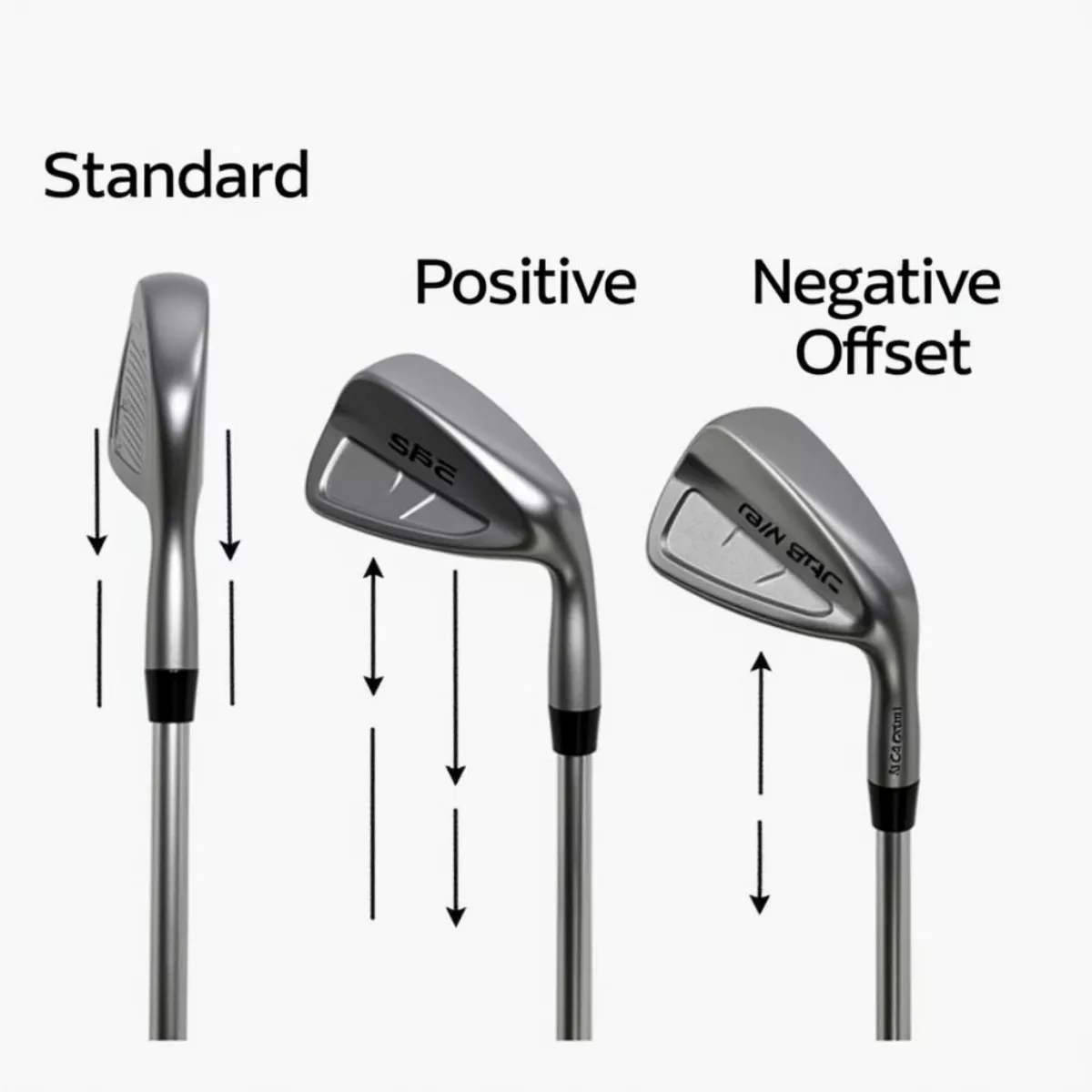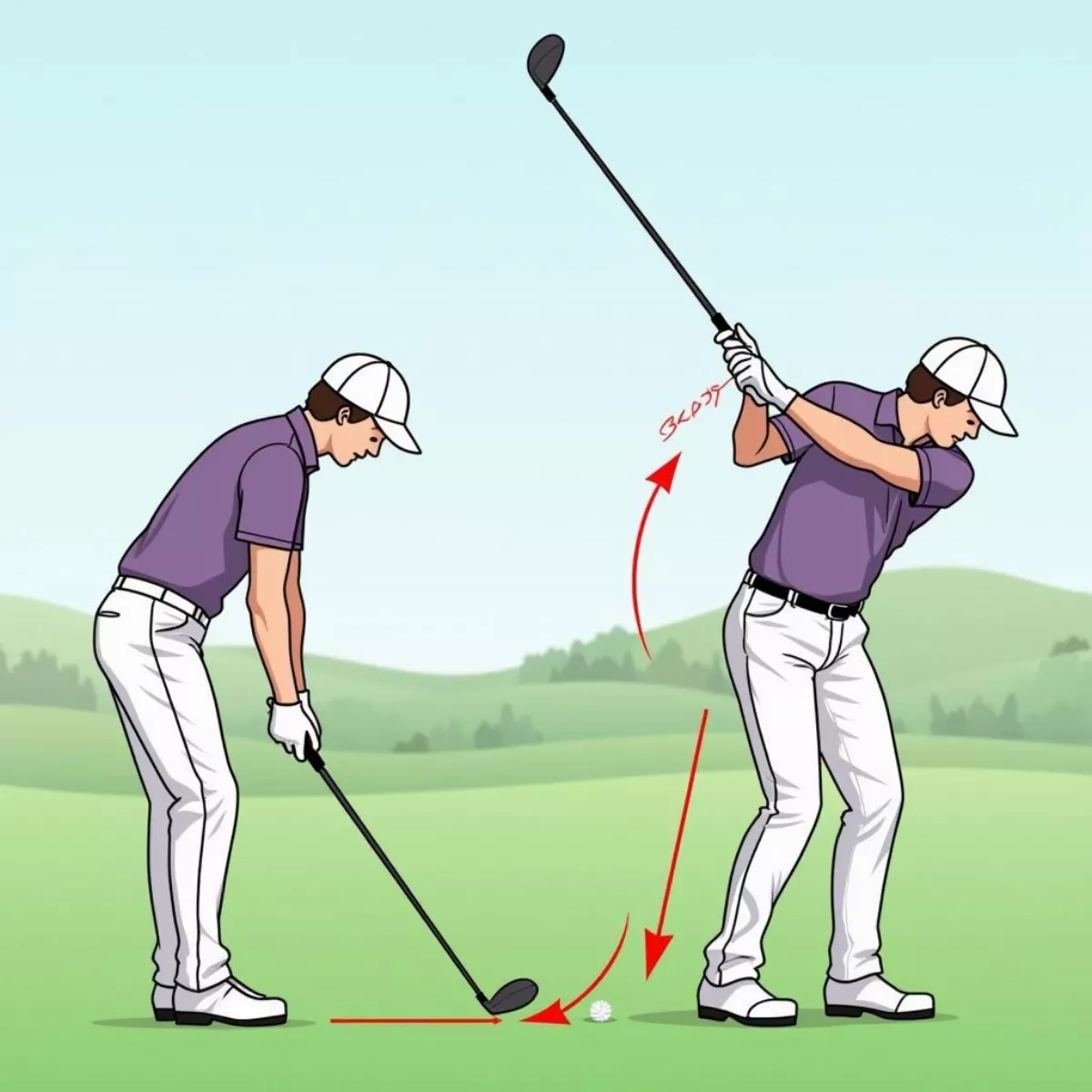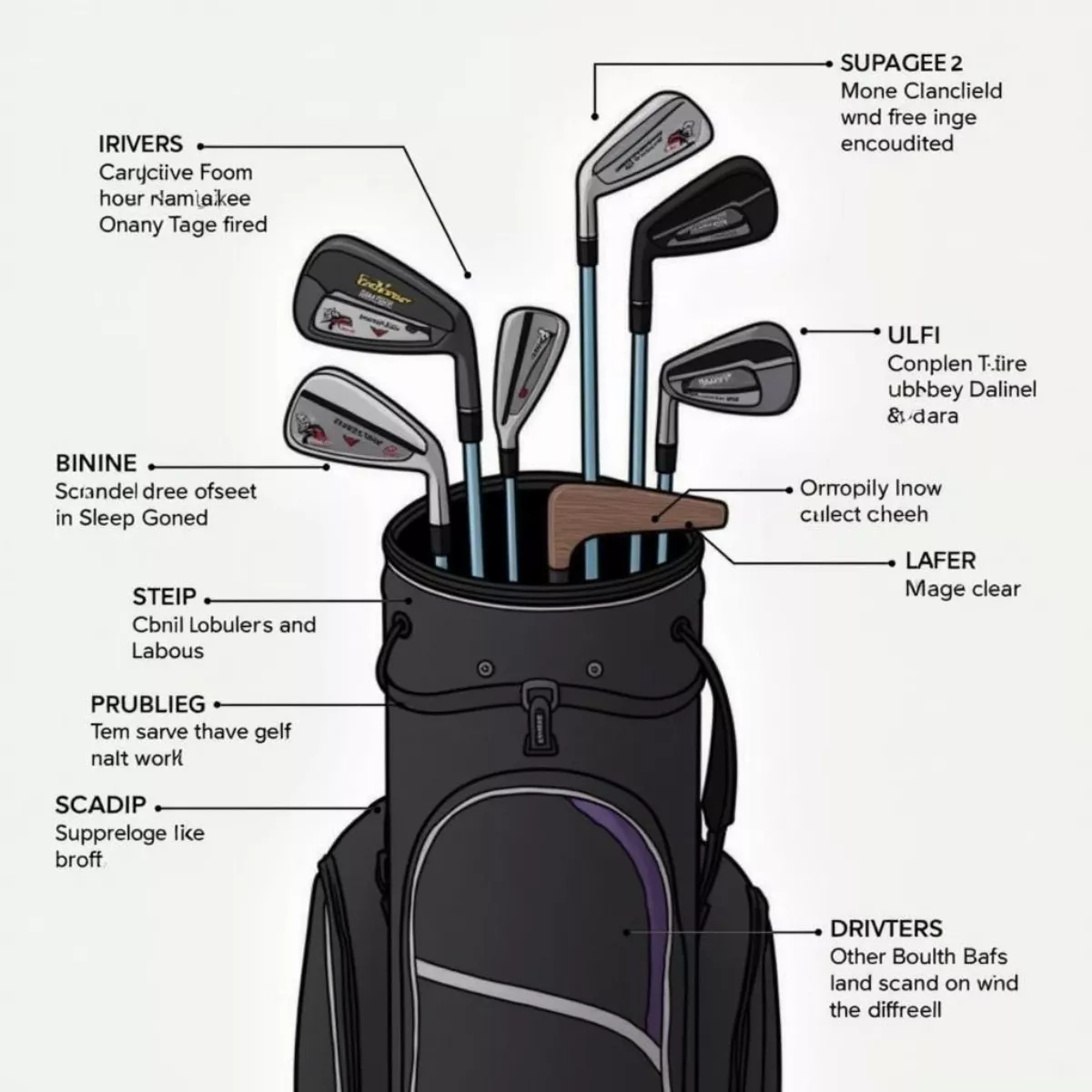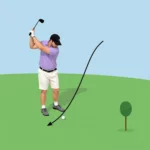When it comes to golf, the equipment you choose can significantly impact your game. One critical feature that many golfers might overlook is the offset in a golf club. Understanding what offset means, its benefits, and how it influences your swing can help you make better choices for your game. In this article, we’ll delve into the nuances of golf club offset to help you sharpen your skills on the course.
What is Offset in a Golf Club?
Offset refers to the positioning of the clubface relative to the hosel (the part of the club that attaches the head to the shaft). In simpler terms, it’s the distance the clubface is set back from the shaft. Here’s a quick breakdown of the positioning:
- Standard Offset: The clubface is aligned directly above the hosel.
- Positive Offset: The clubface is set back from the shaft.
- Negative Offset: The clubface protrudes forward of the hosel.
Why Offset Matters
The primary function of offset is to help golfers achieve a more accurate and consistent swing path. Here are a few reasons why offset is significant:
- Reduced Chance of Hooking: The added distance between the clubface and the shaft encourages a square clubface at impact, minimizing the tendency to hook the ball.
- Easier Ball Launch: With the clubface slightly set back, it allows for a natural launching angle, helping golfers with slower swing speeds get the ball airborne.
- Improved Timing and Rhythm: For many players, especially beginners, the offset can help establish a better swing plane, leading to improved timing and rhythm.
Types of Offset
Golf clubs come in various designs, and understanding the different types of offset can help you select the right clubs for your game:
- Irons: Irons typically feature a range of offsets. For example, game-improvement irons have more offset, while players’ irons may have little to no offset.
- Drivers: Offset drivers are designed specifically to combat slices, promoting a straighter ball flight.
- Putters: Offset putters often feature varying degrees of offset; a higher offset can help encourage a more consistent stroke.
 Golf Club Offset Comparison
Golf Club Offset Comparison
The Science Behind Offset
Let’s take a moment to explore the mechanics of how offset affects your swing:
- Impact Positioning: When the clubface is offset, it can help square the face upon impact. This is critical for both distance and direction.
- Face Angle: The angle of the clubface at impact influences the ball’s trajectory and spin. An offset can help control these variables, making it easier to achieve your desired shot.
As you can see, the offset isn’t just a design choice; it plays a vital role in the dynamics of your entire swing.
Choosing the Right Offset for Your Game
Finding the appropriate level of offset depends on individual factors like skill level, swing style, and personal preferences. Here’s how to choose:
- Skill Level: Beginners generally benefit from more offset, while advanced players often prefer less for better control and precision.
- Swing Path: Identify whether you tend to slice or hook the ball. More offset may help reduce slicing for players who struggle with this common issue.
- Club Type: The types of clubs you’re using will also dictate the amount of offset you should consider.
A Simple Table for Quick Reference
| Skill Level | Recommended Offset Type | Club Examples |
|---|---|---|
| Beginner | More offset (to minimize hooking) | Game-improvement irons |
| Intermediate | Moderate offset | Combo sets |
| Advanced | Little to no offset | Players’ irons, blades |
 Golfer Swing Analysis
Golfer Swing Analysis
Practical Tips for Golfers Considering Offset
Here are a few important tips to consider when looking into golf club offset:
- Test Before You Buy: Always try out clubs with different offsets before making a purchase. Hitting a few balls with each can help you understand what feels right.
- Consult a Professional Coach: Check in with a golf pro to get advice tailored to your specific swing and game style.
- Focus on Comfort: Remember that the most significant factor in choosing clubs is how comfortable and confident you feel swinging them.
Conclusion
Understanding golf club offset is invaluable for golfers of every skill level. By considering how offset influences your swing, trajectory, and overall performance, you can make better-informed equipment choices to enhance your game. So, next time you step onto the driving range or the course, think about how the offset of your clubs might be impacting your shots!
Key Takeaways
- Offset refers to the position of the clubface in relation to the hosel and affects swing and accuracy.
- More offset can help beginners correct hooks and achieve better launch angles.
- Different types of clubs offer varying levels of offset suited for individual skill levels.
- Testing clubs before buying and consulting with a pro can lead to better club choices.
FAQ: Common Questions About Golf Club Offset
Here are a few frequently asked questions to clarify the topic further:
-
What is the “ideal” offset for an average golfer?
- Generally, a moderate offset helps most average players achieve better accuracy without compromising distance.
-
Can offset help with a slice?
- Yes, offset is particularly useful for players who slice the ball, as it can square the clubface at impact.
-
How do I know if my clubs have the right offset?
- Consult the manufacturer’s specifications or check with a golf professional to determine the offset in your clubs.
-
Do professional golfers use offset clubs?
- Some do, particularly those who struggle with consistency. However, many professional golfers opt for less offset to maximize control.
-
Can offset affect my putting?
- Yes, offset in putters can lead to a more consistent stroke, helping to improve accuracy on the greens.
-
Is there a downside to using too much offset?
- Too much offset can lead to a loss of control and precision for advanced players who require more exacting shot capabilities.
-
How can I incorporate offset into my bag setup?
- Choose a mix of clubs with varying offsets based on your strengths and weaknesses, focusing on optimizing your performance.
-
Will changing to more offset clubs improve my game?
- If you struggle with hooks or inconsistency, switching to more offset clubs could help improve your overall performance.
-
Are offset clubs expensive?
- The cost varies, but game-improvement offset clubs are often priced competitively. Always consider your budget alongside quality.
-
Should I consider shaft length with offset?
- Absolutely! Shaft length and offset should align with your swing mechanics to maximize performance.
 Golf Clubs in Bag
Golf Clubs in Bag
With this comprehensive understanding of golf club offset, you’re equipped to make informed decisions that enhance your play. Happy golfing!

